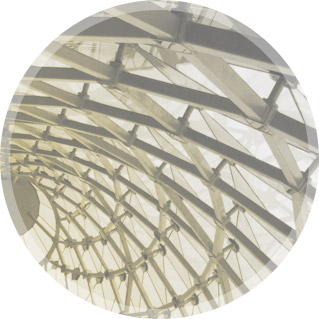University of Minnesota
School of Architecture, College of Design
Our mission is to educate professional architects and to advance architectural knowledge and creative practice through design-centered teaching and research.
http://arch.design.umn.edu/
Setting
The University of Minnesota is one of the most comprehensive public universities in the United States. It is both a land-grant university, with a strong tradition of education and public service, and Minnesota's primary research university,with faculty of national and international reputation. Located in the heart of the Twin Cities of Minneapolis & Saint Paul, the University enjoys a vibrant, world-class arts environment that includes institutions as the Walker Art Center, The Guthrie Theater and many others.
School Philosophy
The University of Minnesota School of Architecture is invested in design grounded in critical representation (materials and media literacy, or drawing and making as a way of thinking) and social engagement (ethically motivated work that strives to make the world a better place). These grow from the strong reputation of the school as a place where students learn how to beautifully draw and build, and from the state of Minnesota's history of social progressiveness and humanitarianism. They reflect both what we have been and what, in 21st century terms, we aspire to be.

Programs
The accredited professional program in Architecture is offered at the graduate level (M.Arch.) and has developed an innovative curriculum committed to preparing graduate students for the changes taking place in professional practice. Our balanced approach links theory with technology and the ideas of culture with ethical and sustainable practice.The School of Architecture offers two undergraduate degrees: the Bachelor of Design in Architecture (BDA) and the Bachelor of Science in Architecture (BS). Both degrees are four-year, non-professional, non-accredited programs and focus on architecture specifically in the BS, and more broadly in the BDA. Students in the BS and BDA programs have the same course requirements for the first two years. These include courses in: math; physics; the designed environment; representation (drawing and computer-aided design); architectural history; socio cultural, ecological and environmental factors, and two courses in design fundamentals. At the end of the second year, students choose their degree path (either BS or BDA). The Bachelor of Science degree is the more traditional path leading to a two-or three-year Master of Architecture program.Admission to the BS degree program is competitive based on grades and a portfolio of student work. Students take four semesters of studio-based design education in a program that includes courses in technology and other areas of architecture as well as liberal education electives. The Bachelor of Design degree has a more flexible curriculum, exposing students broadly to design and the design process as it relates to architecture. This academic program emerged in response to the evolving role of architects as design professionals who require a flexible range of expertise. Graduates of the BDA Program are prepared for a 3-year professional graduate program in architecture, graduate programs in design or construction fields, as wells as programs requiring a broad education.

of Focus
1. Community Design
2. Design/Build
3. Digital Fabrication & Technology
4. Industry Collaborations
5. Materials and Construction
6. Urbanism

Opportunities

Facilities

Policies
Transfer Policies
Learn about transfer information here: (https://design.umn.edu/admissions/transfer_architecture.html)


